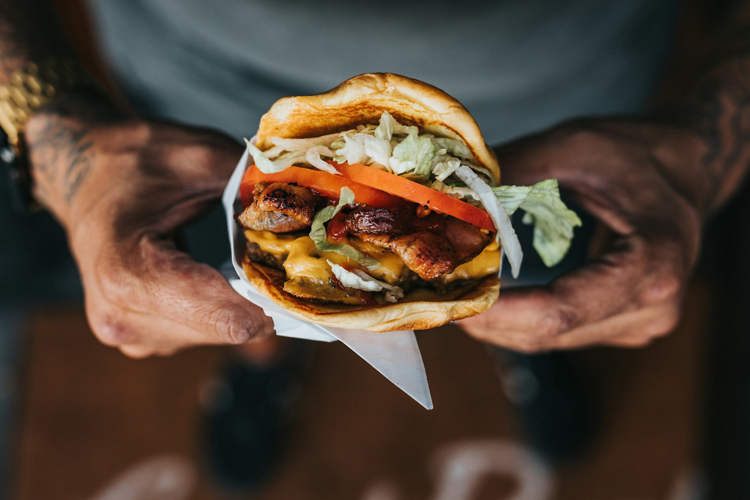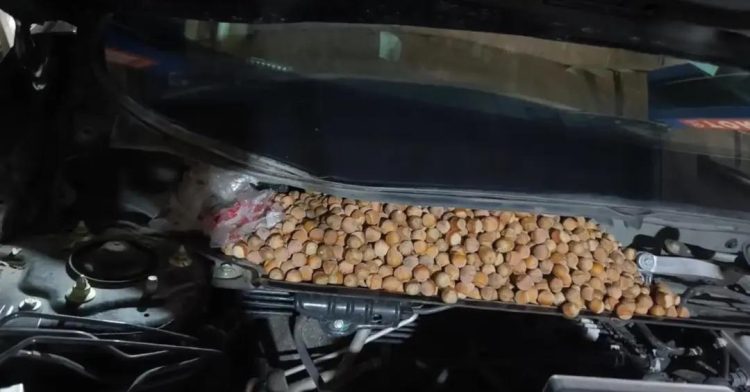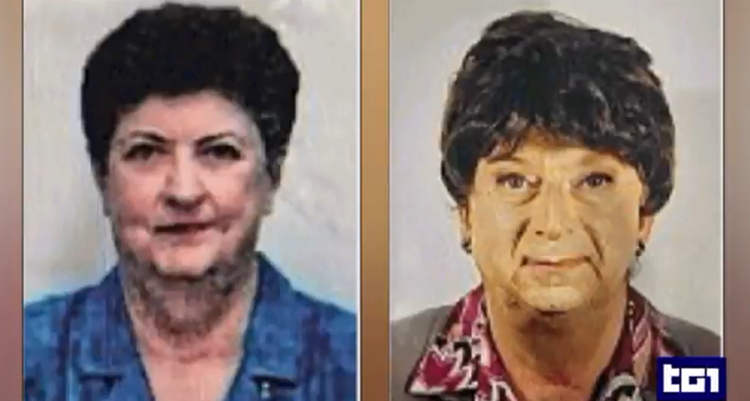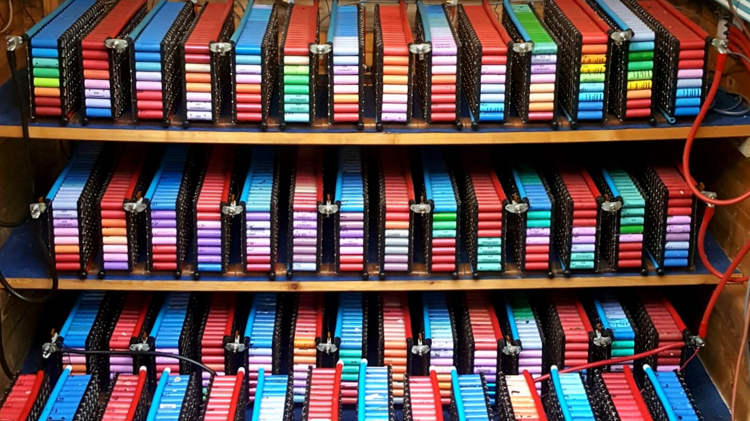According to a recent report by state media, 96.7% of all counterfeit bills circulating in China originated from templates hand-drawn by Peng Daxiang, an elderly painter who was arrested in 2013.
Before being apprehended by police, 73-year-old Daxiang, a native of Shantou, Guangdong Province, had single-handedly managed to produce dozens of printing plates worth millions of yuan without the use of computers or other modern technology. Instead, he relied on simple tools like magnifying glasses and film cameras. He apparently made huge profits selling these templates to counterfeiting gangs, charging anywhere between 50,000 yuan ($8,000) and 120,000 yuan ($20,000) per plate.
Officials later discovered that Daxiang, a famous artist in his hometown, was also involved in forging graduate diplomas, official certificates and even food stamps. He was finally sentenced to life imprisonment in 2014, by the Shantou Intermediate People’s Court, on multiple charges including counterfeiting money and forging official documents. All of his possessions were confiscated by the state and he was deprived of political rights for life.
Police found conclusive evidence of Peng Daxiang’s criminal activities in his Shantou home, including printing machines, high-quality ink and plastic film. During interrogation, the old painter admitted to producing counterfeiting templates for various yuan bills, as well as college diplomas, marriage and birth certificates, all by hand, because he “did not understand computer technology”.
Specialists at the Anti Counterfeit Currency Laboratory said that, from a technical standpoint, Peng Daxiang’s fake bills were not very good, because they didn’t incorporate most of the security elements of genuine currency, but that for the average person there was virtually no way of telling his work apart from the real deal.
In spite of Peng’s arrest and sentencing, officials say that his counterfeiting plates are so good that they are still widely used by criminal organizations throughout China. One of the artist’s 100 yuan templates still sells for over 100,000 yuan, on the black market.
Counterfeit money is a growing problem in China. South China Morning Post reported that the face value of seized bills rose from 329 million yuan in 2012 to 532 million yuan in 2014. Police investigate at least 1,000 fake currency cases each year. According to Liu Jintao, director of the anti-counterfeiting department in Guangdong, the crime is incredibly difficult to detect. “A factory making counterfeits is basically a small-sized printing workshop and they can easily get printing machines, ink and commercial-use paper from the market,” he said.
He added that a forged 100-yuan note is initially sold for six yuan, and becomes more expensive every time it is sold. “Members of the syndicate gain huge profits, with their workers doing manual work paid at 10,000 yuan a day,” Jintao said. The latest trend is to forge lower-value notes, because people aren’t likely to question check if they are genuine.















